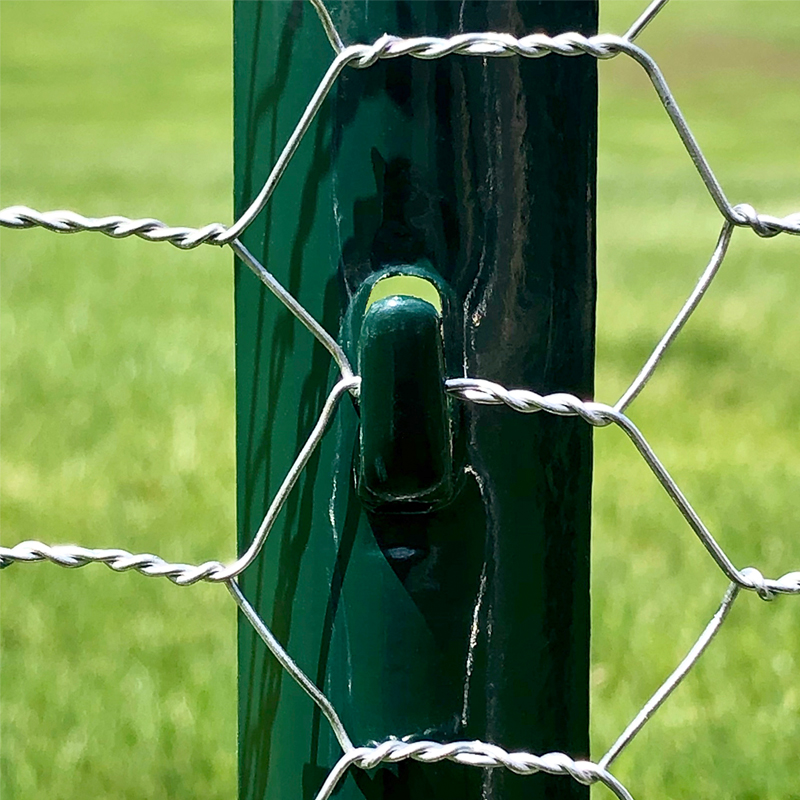Guide to Installing Durable Steel Edging for Your Landscaping Needs
Dec . 23, 2024 21:14
Installing Steel Edging A Step-by-Step Guide
Steel edging is an excellent choice for those looking to create clean, defined borders in gardens, landscapes, and pathways. It offers durability, flexibility, and an elegant aesthetic that can enhance any outdoor space. If you’re considering installing steel edging yourself, here’s a comprehensive guide to help you through the process.
What You Need
Before starting your project, gather the necessary materials and tools. You’ll need
- Steel edging strips - Stakes (if not included with the steel edging) - A hammer - A shovel or hoe - A level - A rubber mallet - A measuring tape - A garden hose or spray paint for marking - Safety gloves and glasses
Step 1 Planning Your Layout
The first step in your installation process is to plan the layout of your steel edging. Use a garden hose or spray paint to outline where you want the edging to go. This will give you a clear visual reference and help you make any adjustments before you begin digging.
Step 2 Preparing the Site
Once you are satisfied with the layout, it’s time to prepare the site. Using your shovel or hoe, dig a trench along the marked line to accommodate the steel edging. The trench should be about 4–6 inches deep and wide enough to fit the edging comfortably. An even trench will ensure the edging sits level and looks neat.
Step 3 Installing the Steel Edging
Now that your trench is ready, it’s time to install the steel edging. Begin by placing the steel strips into the trench, ensuring they are aligned with your marking. If the strips are not long enough to reach the end of your layout, you can connect additional pieces as needed. Most steel edging systems come with connectors or overlap sections to create a seamless border.
Step 4 Securing the Edging
installing steel edging

Once the steel edging is in place, use stakes to secure it. Drive the stakes into the ground next to the edging using a hammer or rubber mallet. Ensure that the stakes are evenly spaced (typically every 3 to 4 feet) and driven in flush with the top of the edging to maintain a neat appearance.
Step 5 Leveling the Edging
After securing the steel edging, check for levelness. Use a level tool to ensure that the top of the edging is even along the whole length. If any sections are uneven, adjust them by loosening the stakes or adding or removing soil beneath the edging.
Step 6 Backfilling the Trench
Once you’ve ensured everything is level and secure, backfill the trench with soil around the edging. This will help keep the edging stable and prevent it from shifting over time. Make sure to pack the soil firmly to eliminate any gaps.
Step 7 Final Touches
With your steel edging installed and the trench filled, you can now add any finishing touches to your landscape. Consider adding mulch or gravel along the edges to enhance the look and provide additional support. You can also plant flowers or shrubs behind the edging to create a beautiful border.
Maintenance Tips
Steel edging is relatively low-maintenance, but some care will ensure it lasts for years. Periodically check for any rusting or damage, especially if you live in a damp climate. A coat of rust-resistant paint can be applied if you notice any signs of corrosion. Additionally, keep the area around the edging clear of heavy debris to prevent bending or shifting.
Conclusion
Installing steel edging can significantly enhance the visual appeal and functionality of your outdoor spaces. By following these steps, you can create professional-looking borders that will last for years. Enjoy your new landscape edges and the added beauty they bring to your garden!




















